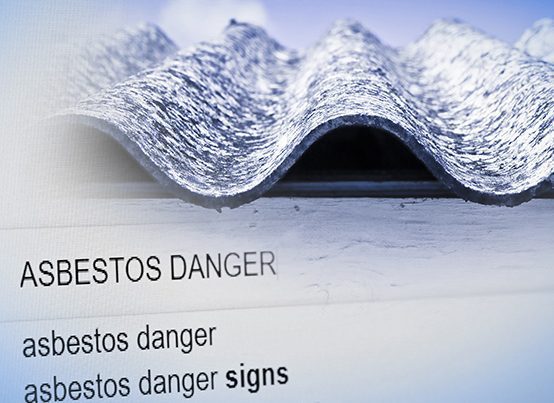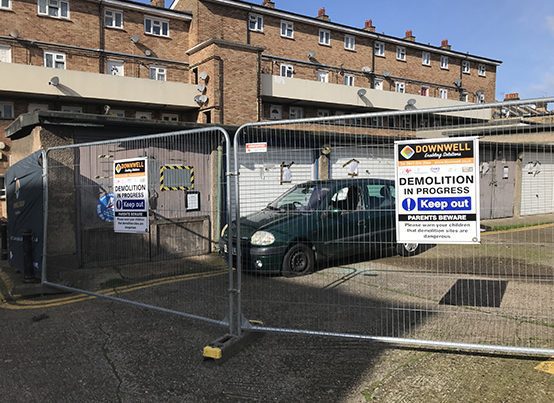As a demolition contractor, a lot of the buildings we demolish have been empty for some-time. It is especially true when it comes to regeneration schemes of large housing estates. Often the time scale for residents leaving their properties is staggered and therefore if windows are left open, a bird will openly welcome the opportunity to roost in these buildings. When this occurs Pigeon Guano Removal is required.
Breathing dust or water droplets containing contaminated bird droppings can lead to diseases that include:
- Psittacosis – this is a rare infectious disease caused by a bacterium called Chlamydia psittaci. Psittacosis is mainly associated with parrots and other similar species including pigeons. A Flu-like illness and pneumonia are symptoms usually appearing between 5-19 days after exposure.
- Salmonella –also present in some bird droppings. It is a bacterial infection that can cause significant diarrhoea.
Asbestos Removal and Soft Stripping cannot be started until all bird droppings which is mainly pigeon guano when it comes to demolition work and is removed under controlled conditions. It is especially dangerous to people with low immune systems.
Pigeon Guano Removal
On taking control of a site we will appoint Inner City Environmental
to carry out the removal under controlled conditions. Protective clothing and RPE will be worn during the removal process.
Before cleaning works start a full site inspection must be undertaken to highlight any potential dangers for the workforce (this is particularly relevant with derelict buildings) and to ascertain if there are any pigeon squabs in nest present. Where there is a large-scale roost there will almost certainly be squabs.
Nests will normally be located on the floor. They are rarely found at height, it is important when walking the site for the purpose of surveying it. Once all the nests containing dependent young have been identified a wildlife expert must be contacted. They will take the young all dependent birds for hand rearing.
For large sites with significant numbers of nests, wildlife groups will normally be happy to attend the site before guano removal operations commence and remove dependent birds.
The cleaning operation can then start without interruption. Pigeons breed all year round and so there will never be a time when pigeon droppings can be removed without young dependent birds in situ.
On removal of the young it is also important to immediately block any entry points otherwise the problem will simply re-appear.
It is an offence to interfere with a nest and before taking any action to remove a nest, with or without eggs and chicks, permission must be obtained from the Department of the Environment, Food and Rural Affairs (DEFRA).
DIY Pigeon Guano Removal
Whether it is internal or external, please ensure if you are going to do it yourself you invest in protective clothing and PP3 masks to give the protection against diseases. We always recommend using an expert.
Cleaning pigeon droppings are similar to any other type of cleaning work in external areas. Large areas can be cleaned quickly, providing you have the right equipment. For the removal of dry guano from windowsills, ledges and architectural features you can use a paint scraper which is an ideal tool—spraying the Guanao with water before removal.
It will not only soften the guano and make it easier to remove but will also reduce dust when the guano is disturbed. Inhaling the dust is very dangerous. When all the pigeon droppings have been removed surfaces can be washed down with hot water and a scrubbing brush.
Once an area is cleaned thoroughly, it must be allowed to dry completely before installing deterrents.





